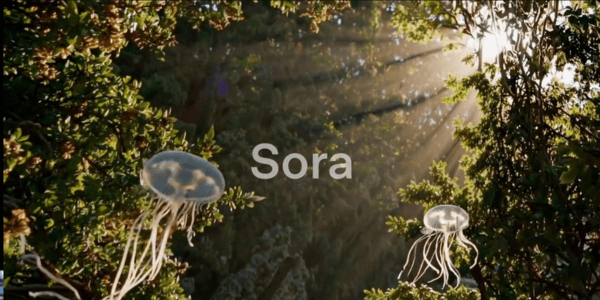It seems that the text you provided is incomplete. Please provide the full text you would like translated, and I will be happy to assist you.
penAI aims to directly integrate its AI video generator, Sora, into ChatGPT. This would mean that users will soon be able to generate not only text but also short videos through the chatbot. Until now, Sora was only available via a separate web application, allowing users to create video clips of up to 20 seconds in length.
According to OpenAI's product manager Rohan Sahai, the company is exploring ways to implement Sora across multiple platforms. Although there is no exact timeline yet, it is clear that OpenAI aims to deploy Sora more broadly and make it more appealing to a larger audience.
Why this step?
Initially, Sora was aimed at creatives and video professionals. Now, OpenAI wants to lower the barrier and make AI video generation accessible to a broader group of users. The integration into ChatGPT could also be a strategy to attract more users to the platform and make premium subscriptions more appealing by offering higher video limits. However, a challenge remains in maintaining the simplicity of ChatGPT. This was a key reason why Sora was initially launched as a standalone web app. In ChatGPT, the functionality may be more limited than in the web version, where users have more control over the editing and composition of videos.
What does the future hold?
In addition to the ChatGPT integration, OpenAI is looking to further expand Sora. The company is exploring the possibility of using Sora for photorealistic image generation, alongside the existing DALL-E 3 functionality. Furthermore, an improved version of Sora Turbo is in development, and OpenAI is considering a standalone mobile app for Sora.
With these developments, OpenAI is taking a new step in the evolution of AI content creation. The combination of ChatGPT and Sora could make it easier for a broader audience to generate AI videos, without the need for technical knowledge or complex editing software.

